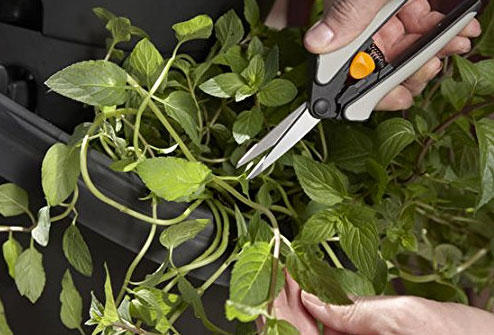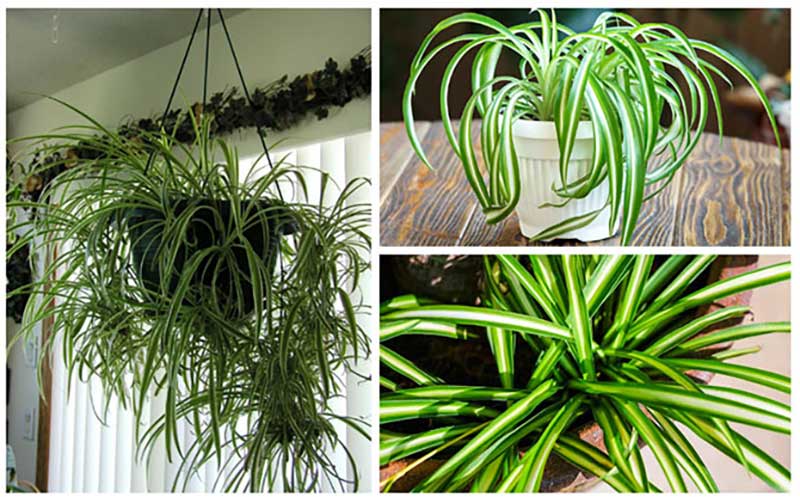Is your spider plant becoming too large? Is it starting to look unruly and unkempt? If so, then it is time to prune your spider plant. This is a relatively simple project to undertake, but it will require a bit of your time to properly trim your plant so that it looks healthy. Having a large overgrown spider plant is not the only reason you would need to prune your plant though, so let’s have a look at some of the other reasons.
Why Prune?
The spiderettes that the plant produces are nutrient hogs. When they are hanging from the mother plant, they soak up a lot of the fertilizer and the water. This is to allow the spiderettes to quickly grow roots and be planted in their own pot, but if you leave them attached too long, your main spider plant may begin to suffer from a lack of nutrients. Removing the spiderettes and trimming the plant will help ensure that it remains healthy.
Another reason to prune your spider plants is brown tips. This can be caused by too much direct sunlight as well as having too much fluoride or chlorine in the water that you are giving to the plant. Tap water in cities will contain these chemicals; and as a result, the leaves will become brown.
How to Prune
When you prune a spider plant, any leaves that are being removed should be removed from the base of the plant. Spider plants are hardy, and without pruning, they can grow up to three feet in both diameter and length, so removing some of the foliage from the base will not hurt the plant at all. Remove any discolored or dead leaves. When you repot your spider plant, you may need to trim the roots as well, but this should only be required once every year or two. This is a simple trim to check for root rot, don’t cut too far back on the roots.
Removing the baby spiderettes is rather simple. You will need to remove the stem that connects the two plants. Start by trimming the stem off close to the base of the mother plant. Once the spiderette is free from the mother, you can remove the stem from the baby as well. You should trim as close to the spiderette as possible when removing the stem.
Useful Tools for Pruning

You can easily use a pair of scissors to trim and prune your spider plants, but since they tend to grow very quickly and it is likely that you will end up with several plants at once, a pair of pruning shears may be useful to have. I have found that the Fiskars Softouch Micro-Tip Pruning Snips are perfect for pruning my spider plants. They have a six inch scissor-like tip that is great for reaching to the base of the plant, and the tool has an ergonomic grip that is designed to protect your hands from strain.
Pruning your plants is a great way to restore the vitality and strength of your spider plant. The healthiest plant is one that is well groomed and taken care of. Not tending to brown leaves will cause the damage to spread and not removing the spiderettes will cause the mother plant to become nutrient deprived. Prune your spider plants regularly for a healthy, happy plant.




